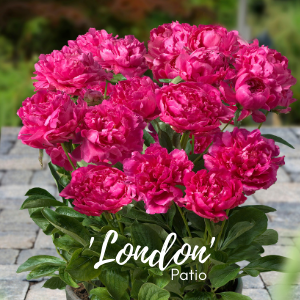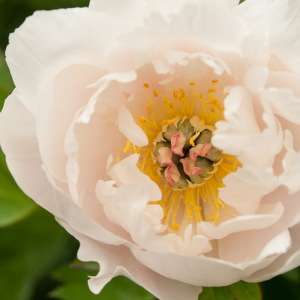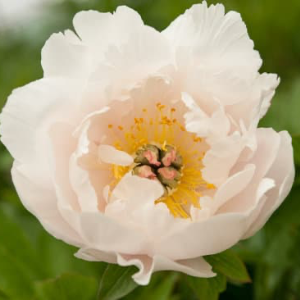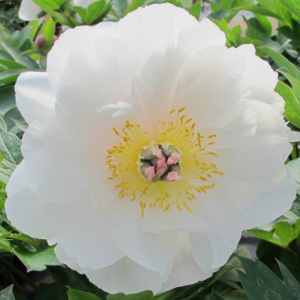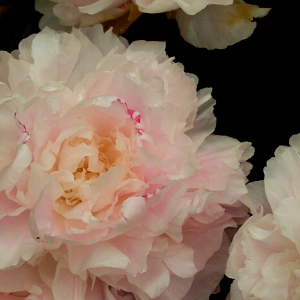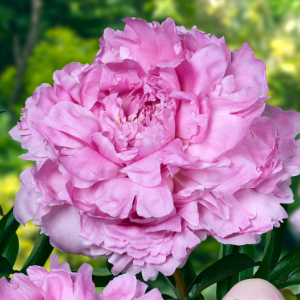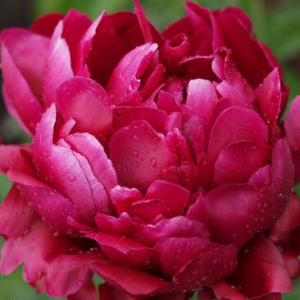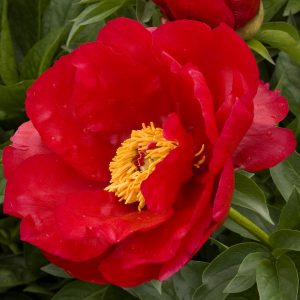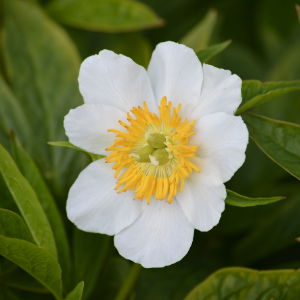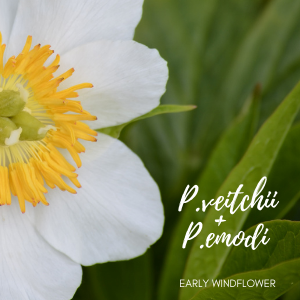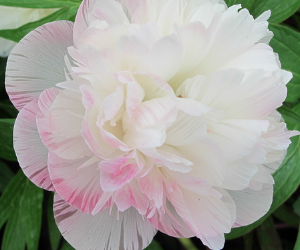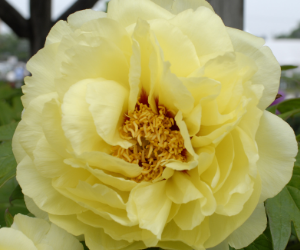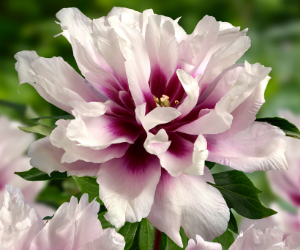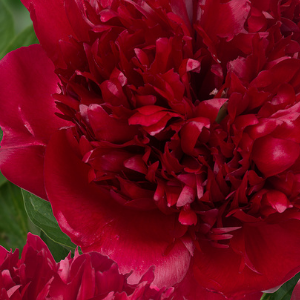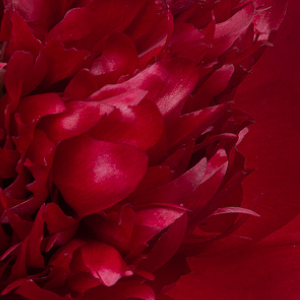Does your garden need some purple in its life?
Do you want to add an intersectional and/or a midseason bloomer to your peony collection to compliment your early and late flowering varieties?
Well, this unusual and rare purple princess– Paeonia ‘Morning Lilac’ – may just be the perfect addition.
With its huge, semi-double, strong purple flowers with a darker purple edging it’s no wonder it nabbed that RHS Award of Garden Merit. And that finely cut divided green foliage provides excellent Autumn colour and interest, turning a beautiful red in both Spring and Autumn.
‘Morning Lilac’ was created by crossing extremely rare Lactiflora ‘Martha Washington’ and Lutea Hybrid ‘Golden Era’ in 1990 by Anderson and registered in 1999. It is a fragrant and floriferous variety that produces myriads of large blooms – up to 15cm across - all over its top and sides.
Sound like a welcome guest? We thought so too.
Intersectionals really are the best of both worlds with their massive flowerheads, richly coloured foliage and compact growth habit. They can grow up to 90cm tall and are tough – more tolerant of cold weather than tree peonies and also not bothered by the heat. On mature plants you can expect to see between 40 and 50 flowers over flowering season. And the flowers last twice as long as other peonies – going on for four to five weeks with lots of small side buds.
So if you’re set on adding some of this purple peony love to your garden to perhaps compliment your ‘Coral Charm’ and lovely yellow ‘Bartzella’, this one would fit in rather nicely.
Nothing like a pop of purple to jazz things up a bit!
Just make sure to implement these top tips for growing your intersectional successfully:
- Buy a well-established, mature peony plant
- Plant in a sunny or part-shaded sheltered position in any free-draining soil
- Don’t plant your intersectional peony too deep – ensure the crown is no more than 25mm below the surface
- Feed your peony once a year in the Spring, Summer or Autumn
- Cut back intersectional peonies in the Autumn
- Water your peony consistently while buds are forming in the Spring but take care not to over water as peonies don’t like having wet ‘feet’ or roots
With this little bit of care you can expect to enjoy gazing at these beauties in your garden for many years to come.
And that’s what we love about peonies – they just keep giving back so much more than we put in.
Enjoy your gardening and let us know how it goes!


















